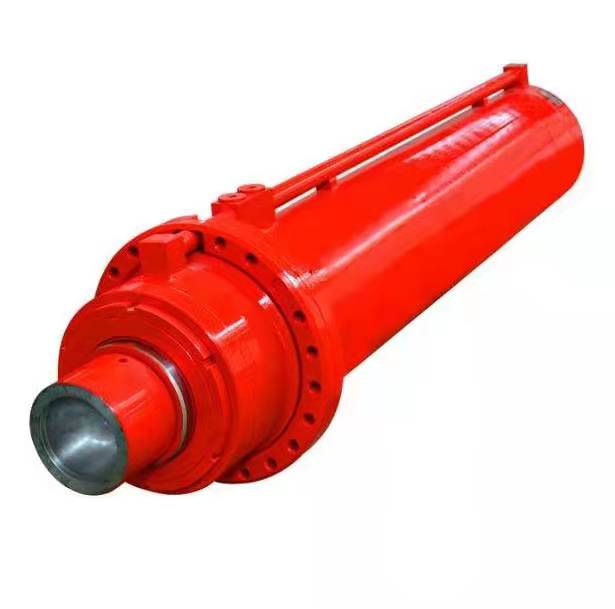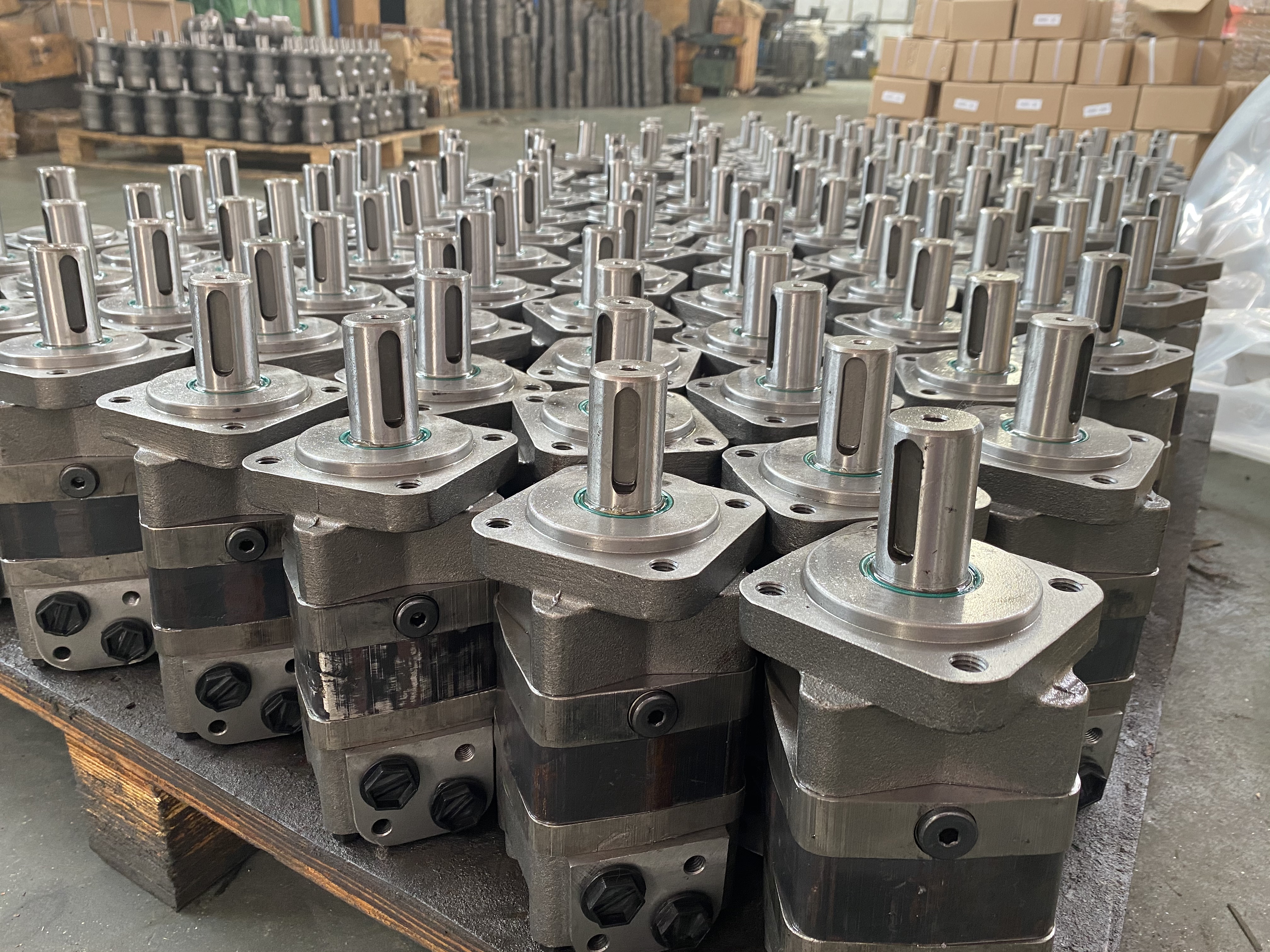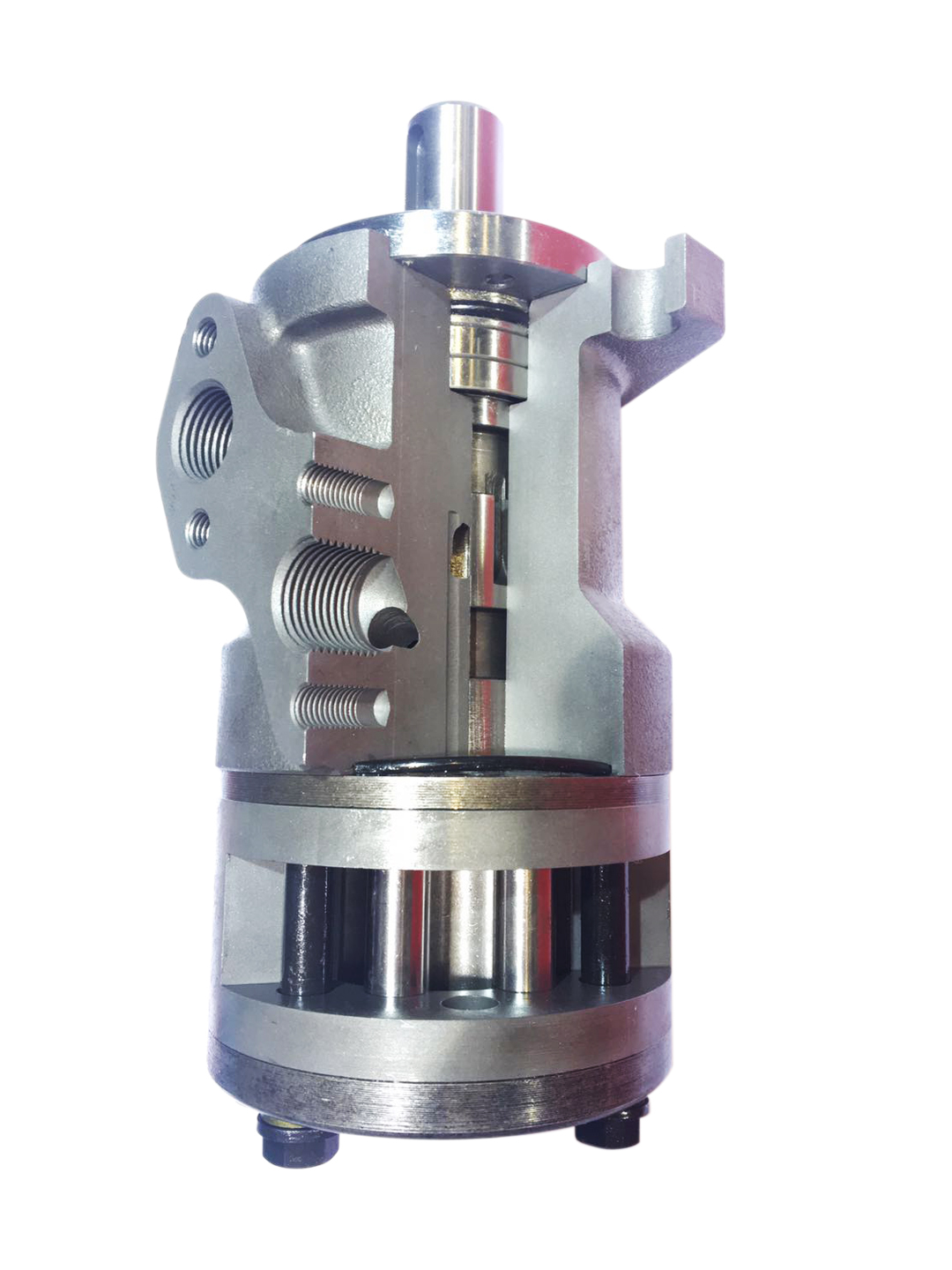The hydraulic orbital motor is a small low-speed high-torque hydraulic motor with one-axis flow-setting insert and rotor pair. Its overall dimension is much smaller than other types of hydraulic motors with the same torque.
It has a wide range of speed, stepless speed regulation, minimum stable speed up to 15 rpm, easy installation and layout, low investment cost. It is suitable for series or parallel in the hydraulic system.

- Principle of hydraulic orbital motor
Something you need to know about the hydraulic orbital motor is that it is a type of hydraulic motor that uses a rotating rotor to produce torque and speed. There are different types of hydraulic orbital motors and each has a unique way of working.
Hydraulic orbital motors are typically used in applications that need high torque and a compact design. They are commonly used in winches, conveyor systems and industrial machinery such as injection molding machines and mixers.
Hydraulic orbital motors work by transforming fluid pressure into mechanical energy (rotation). The most common type of hydraulic motor is the radial piston type.
- hydraulic orbital motor works
The hydraulic orbital motor works through the rotor rotating around a central point. It is widely used in agriculture, fishing, light industry, lifting and transportation, mining, engineering machinery and other mechanical slewing mechanisms.
The rotor of the hydraulic orbital motor is made of several roller vanes that are positioned in pockets around the inside diameter of a stator. The pressure differential created by fluid flow causes the rotor to continuously shift high- and low-pressure zones, achieving smooth rotation.
A gear-inside-a-gear (Ge rotor) design with a spool or disc distributor valve helps direct the fluid correctly. These motors are less susceptible to catastrophic breakdown than other types of motors, thanks to their close tolerances between the gears and housing.
Two-zone and three-zone motors include a case drain line that allows the fluid to be returned to a tank or pump in cases of excessive application pressure. This aids cooling and can also help to extend the life of motor seals.
- How to choosing orbital motor
Hydraulic orbital motors, also known as gerotor or gear hydraulic motors, use a pair of matched gears to create rotary motion. The inner spur gear, which is called the rotor, rolls around the outer ring, called the stator.
These motors are often used in applications where low speed, high torque is needed. When sized appropriately, an orbital motor delivers thousands of operating hours of service with only minimal maintenance.
Before choosing a motor, consider the torque, speed, pressure and flow required for the application. Manufacturers publish performance charts that will help you determine which motor is best suited to your needs.
- Hydraulic orbital motor maintenance
Something you need to know about the hydraulic orbital motor is that it requires regular maintenance. This includes flushing and testing for leaks in hydraulic fluid and checking the valves and actuators to ensure they function properly.
It also helps to check the motor for any signs of wear or damage that may need to be repaired. For example, oil leakage at the shaft end is a common issue for these motors and can lead to long-term failure if left untreated. To test for this, simply take a sample of the motor’s hydraulic fluid or oil from several points on the rotor and compare it to each other to look for changes in viscosity, cleanliness or integrity.
Once the motor has been tested, select a model that will operate within its maximum continuous and intermittent flow and pressure ratings. This will ensure that it is operating efficiently and safely..jpg)

 中文
中文 English
English Español
Español Français
Français


